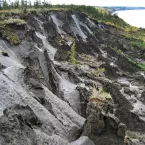Our Research
As climate changes, how do Earth's frozen areas affect our planet and impact society?
In this section
Related News & Stories
Filter by:

Feature Story
The Arctic Oscillation (AO) is an index that marks variations in atmospheric pressure patterns, which in turn lead to changes in weather patterns in the Arctic and in middle latitudes. NSIDC scientist Julienne Stroeve and colleagues investigated how the AO influences Arctic sea ice during the summer melt.
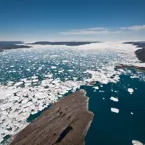
Feature Story
Jakobshavn is not the only runaway glacier in Greenland—and together, faster moving glaciers are draining ice from the Greenland Ice Sheet into the ocean, adding to sea level rise.
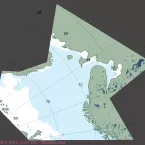
Spotlight
Stringing around the Arctic for tens of thousands of miles, the edges of the sea ice pack are a maker of seasons and ecosystems. As seasons and climate and local weather change, so does the position of the ice edge.
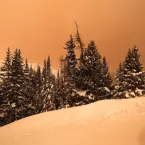
Feature Story
NSIDC researchers are exploring an unexpected risk to the US Rocky Mountain snowpack and Western water supplies: a coating of desert dust. This desert dust landing on mountain snow may reduce water supplies for cities, agriculture, and industry far downstream.
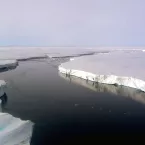
Feature Story
Antarctica's remote location and harsh conditions make it extremely difficult to map its thousands of miles of jagged coastline, its remote mountain ranges, and its vast ice sheet. NSIDC scientists helped solve that problem by combining more than 260 satellite images, mapping the surface and topography of the continent into a product called the Mosaic of Antarctica (MOA).
